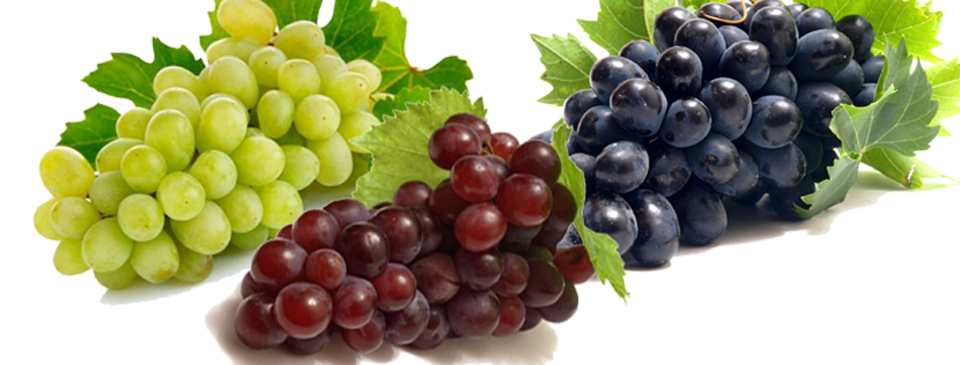
Grapes
One of the popular among everyday fruits, grapes are widely viewed in many cultures as “the queen of fruits" since earlier times. These tiny berries of Europe and Mediterranean regions are the storehouse of numerous health promoting phyto-nutrients such as poly-phenolic antioxidants, vitamins, and minerals. No wonder why so many of us often include them in our diet, be it in the form of fresh table fruits, dry fruits, juice, or simply in salads!
Botanically, they are small, round berries growing in clusters on a perennial and deciduous woody vine in the genus, Vitis. Today, they are widely cultivated under supervised orchards and vinyards all around the world.
In structure, each grape berry features semi-translucent flesh encased inside a smooth, thin skin. Some varieties contain edible seeds, while others are seedless. The color of the berry is because of the presence of poly-phenolic pigments in them. Red or purple berries are rich in anthocyanins while white-green berries contain more of tannins, especially, catechin. Interestingly, these antioxidant compounds are densely concentrated in the skin and seeds!
The three main species of grapes grown around the world are; European (Vitis vinifera), North American (Vitis labrusca, and Vitis rotundifolia), and French hybrids.
Each grape berry features semi-translucent flesh encased inside a smooth, thin skin. Some varieties contain edible seeds, while others are seedless.
